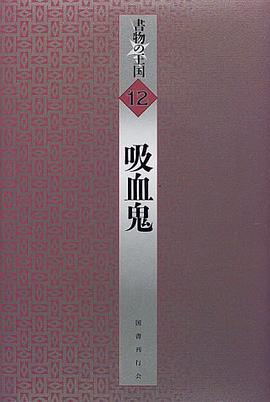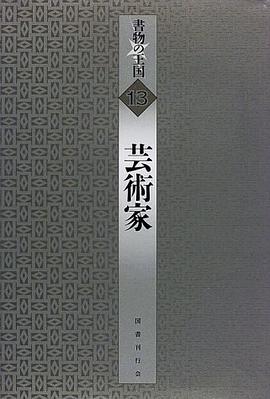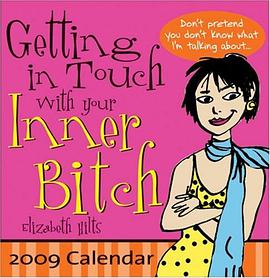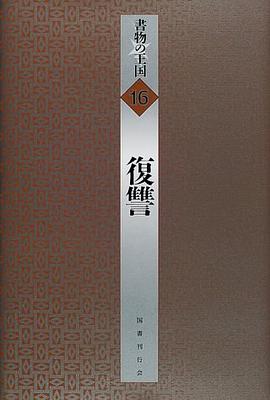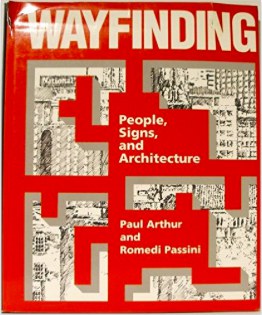

具體描述
In today's complex maze of urban structures, wayfinding is no longer simply a matter of putting up directional signs, it is multi-faceted problem that requires sharp design skills. This text spells out the principles of wayfinding and applies them to architectural design. beginning with spatial, orientation, and perception factors, the book shows how well-designed routes and destinations must integrate a wide range of stimuli - graphic, verbal, auditory, and tactile. Plus, convenient checklists show how to prevent potential wayfinding problems in the design stage and to troubleshoot them in existing structures. Supported by numerous real-life examples and hundreds of lively illustrations, this book is a complete guide to spatial direction and logical orientation in buildings and public spaces - jam-packed with proven techniques for helping people find their way through today's confusing world.
"In the past few years, a body of knowledge about how people find their way around in buildings has accumulated, appearing in journals and presented at conferences; but until now it has been diffuse. Paul Arthur and Romedi Passini's WAYFINDING have pulled together most of this knowledge, and it appears within the covers none too soon." -- Design Book Review, 1992
著者簡介
圖書目錄
讀後感
評分
評分
評分
評分
用戶評價
相關圖書
本站所有內容均為互聯網搜索引擎提供的公開搜索信息,本站不存儲任何數據與內容,任何內容與數據均與本站無關,如有需要請聯繫相關搜索引擎包括但不限於百度,google,bing,sogou 等
© 2025 book.quotespace.org All Rights Reserved. 小美書屋 版权所有

